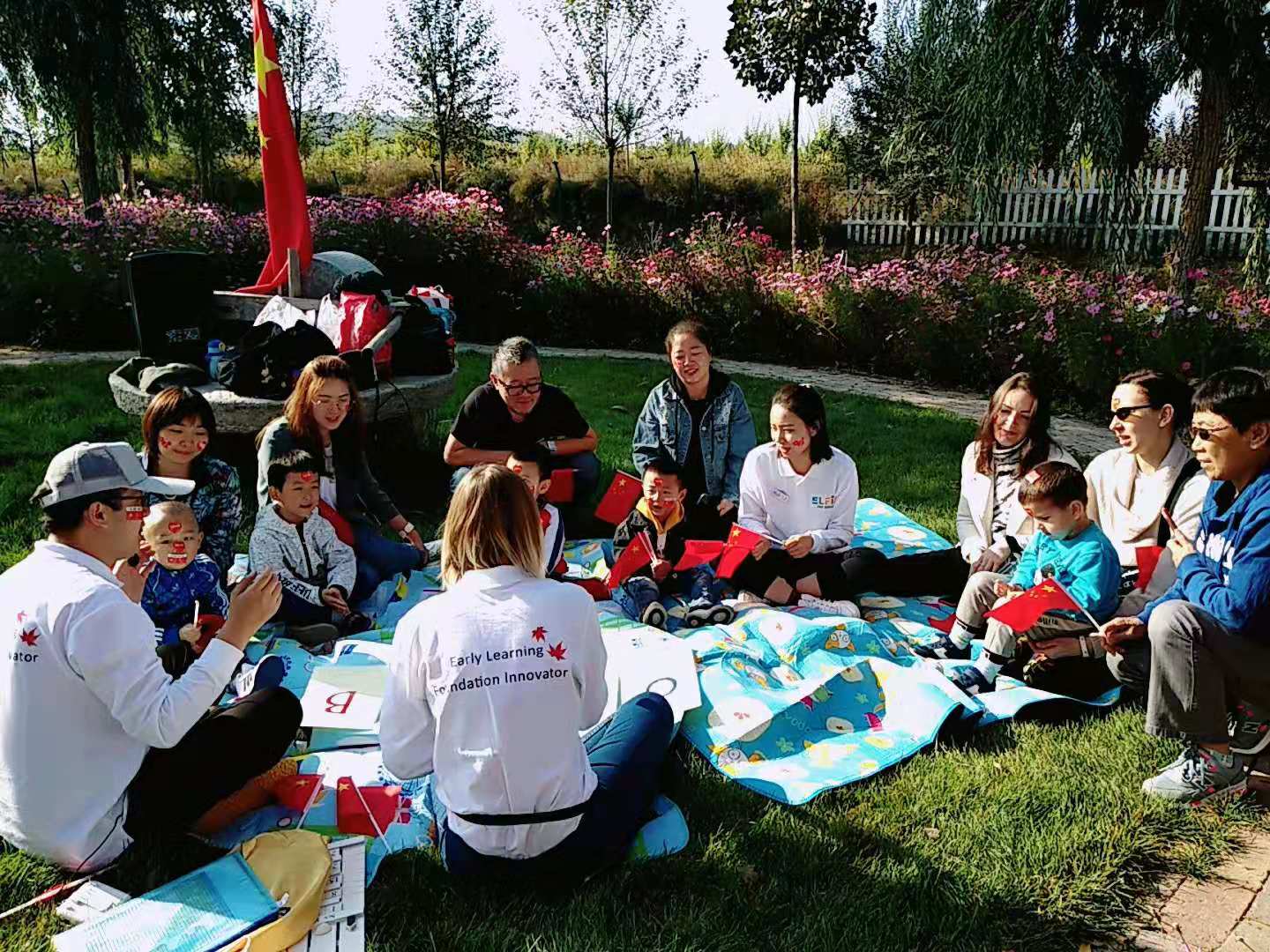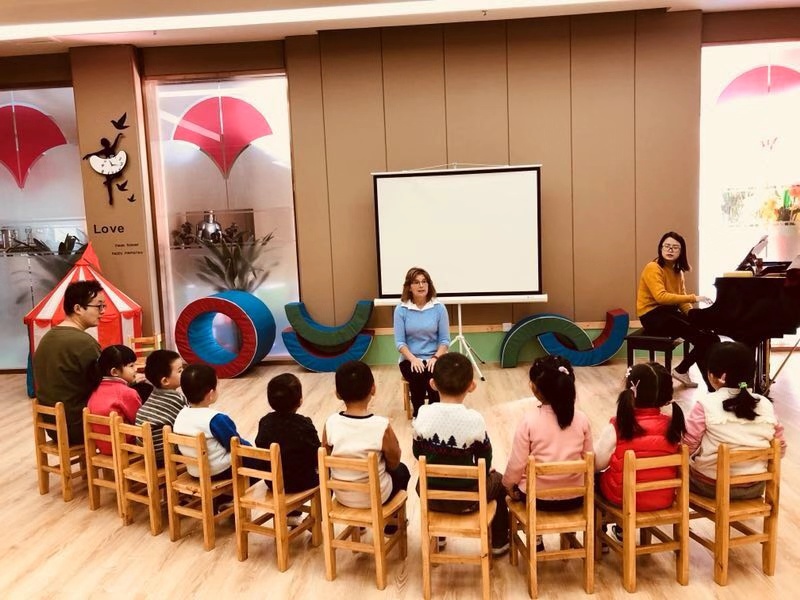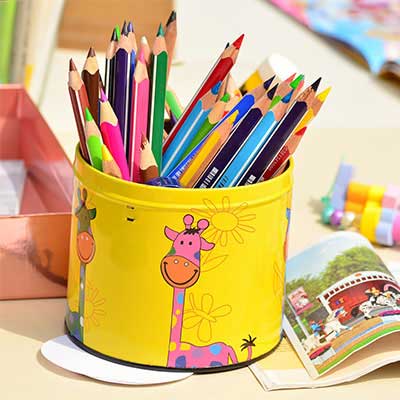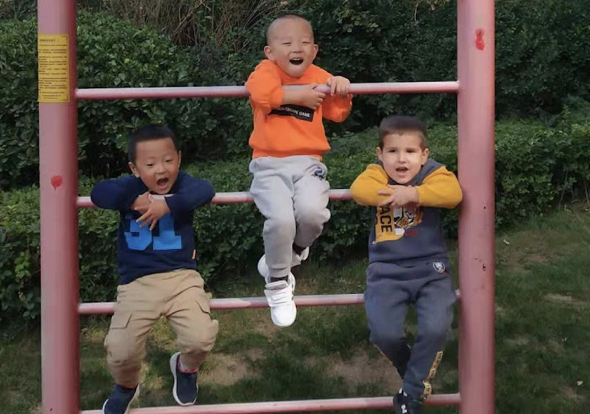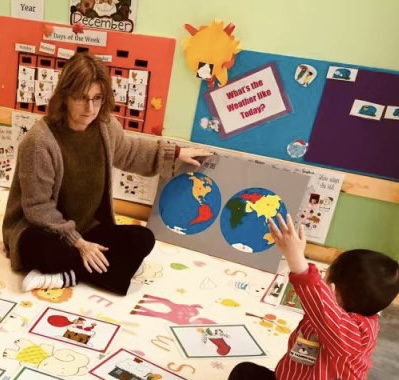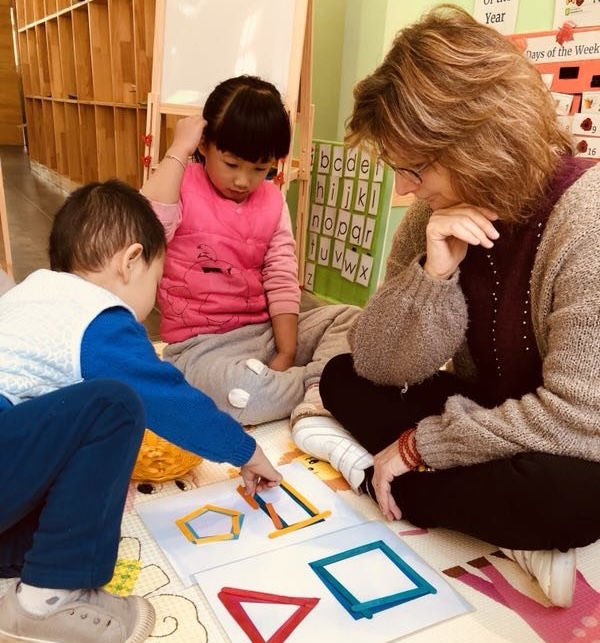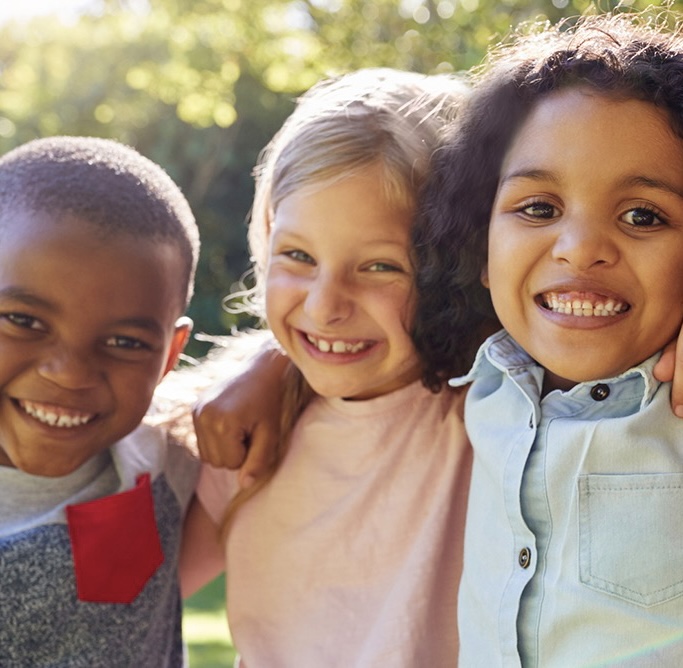Education Approaches
4 Education Approaches
How to teach is more important than what to teach in the practice of early
childhood education. We adopt 2 teaching method and 2 learning method.
1. Constructivist Teaching Method
We let children experience the world and reflect upon these experiences. They build their own representations and incorporate new information into their pre-existing knowledge.
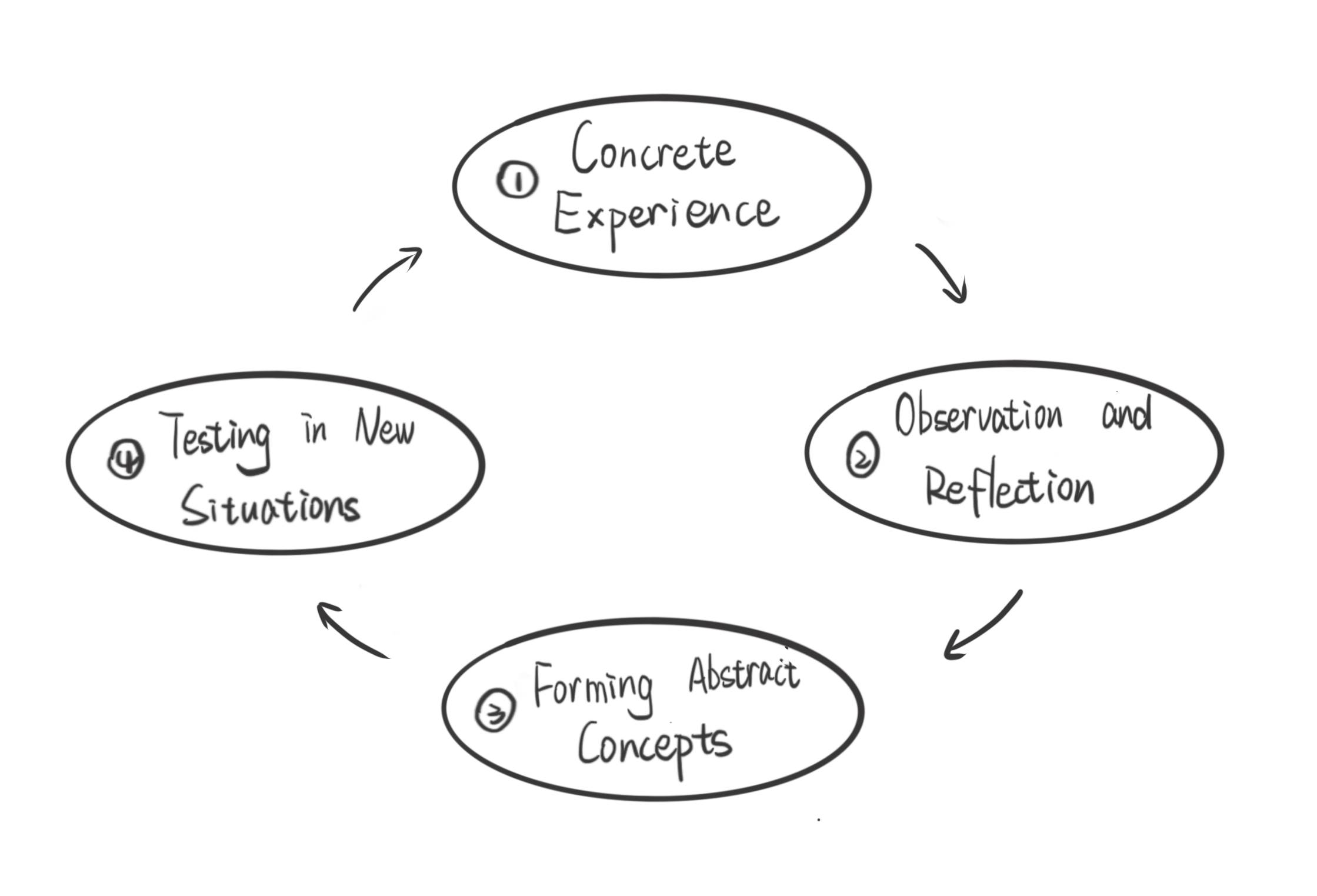
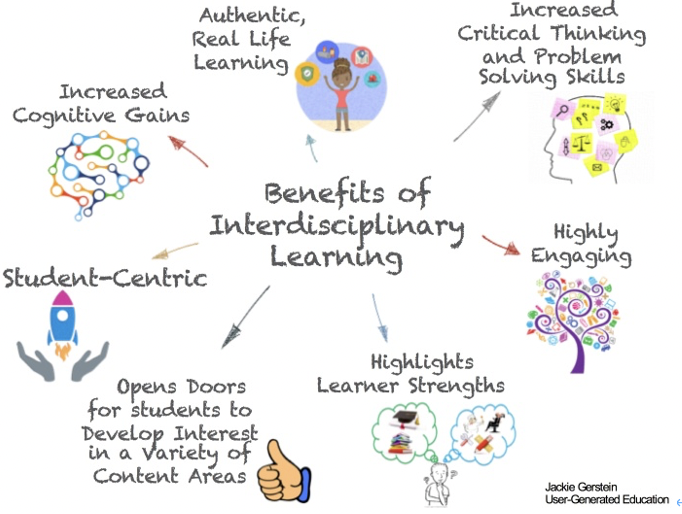
2. Integrated and Interdisciplinary Teaching Method
For preschool children, their cognition of the world is diversified. Their knowledge and learning depend on their interests. Their brain is filled with imagination and associations. We don't teach fragmentary knowledge as single, separate subjects such as maths, art. Our approach is based on the child's interests and provides an Integrated and Interdisciplinary teaching method to strengthen child’s cognitive functions. For example, we teach children language, reading, art, math, life sciences, natural sciences, social emotions and so on, through the story of The Hungry Caterpillar.
3. Inquiry Based Learning Method
Children are highly proficient natural learners. They are curious about the world from birth. We emphasize the student’s role in the learning process, rather than the teacher directing students with what they need to know. We stimulate the child's curiosity by encouraging them to explore the material, ask questions, and share ideas. This allows them to build knowledge through exploration, experience, and discussion.
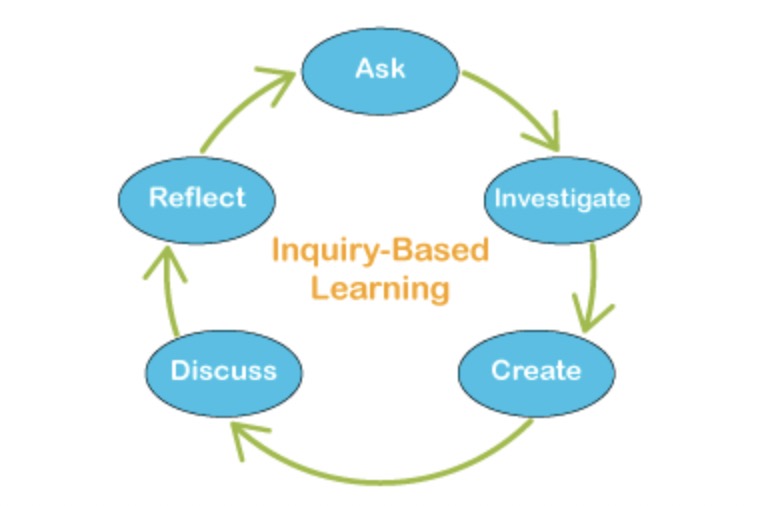

4. Project Based Learning Method
PBL is important for preschoolers aged 2 to 5 years old, as it helps them to grasp how their ideas and questions can turn into extended learning experiences.
PBL supports early literacy and more academic and social-emotional skills. Young learners build language and literacy skills when they talk about project ideas and do introductory research alongside their facilitators. They develop cognitively while observing cause and effect, trial and error, and problem-solving through project-based learning. They also acquire creative skills as they expand their ideas and think outside the box, while also developing social-emotional skills through collaborative work and implementation.
